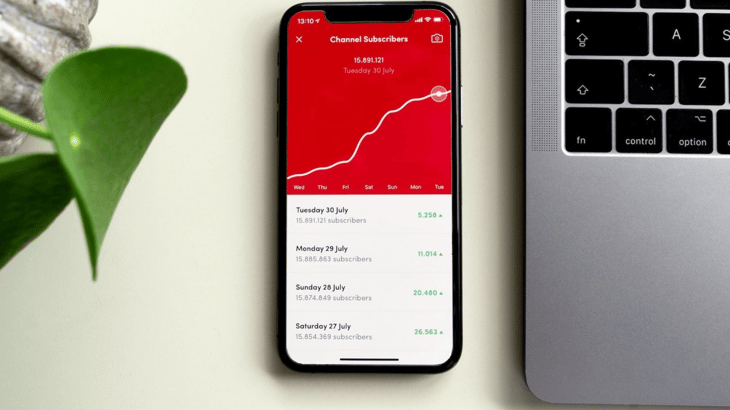
How to Create a Digital Content Strategy That Google Recognises and Engages Your Audience
You know your business better than anyone, as an entrepreneur, you look at your business model from the inside out, and this is essential for identifying internal opportunities for future growth and development.
The problem is that your clients - the people who you rely on to generate the financial resources you need to grab these opportunities - don’t look at your business in the same way.
Audiences are looking from the outside in; they have a different perspective, which means that they want - and expect - different.
This is where your inbound marketing strategy needs to deliver.
Suppose you’ve tried to create a content strategy before and found that it’s neither engaging your audience nor doing anything for your online visibility.
If that’s the case, it’s likely because there’s a disconnect. This disconnect usually is between what you’re putting out there, and what your audience is looking to consume.
The good news is that it is possible to create a content strategy that not only engages with the right people, at the right time but which also meets Google’s strict ranking criteria, giving you a competitive edge in terms of digital awareness.
How to Create Engaging Content
The rise of digital has changed the way that clients want to interact with businesses.
The ‘DIY’ route is becoming increasingly popular, with clients much more likely to want to conduct their independent research into businesses, rather than simply be told about the company by a sales or marketing representative.
Online content is how they conduct this research making it a vital part of the consumer journey, so how can you create content that has a significant impact?
- Promote Collaboration
Every division of your business - from the company side of things through to your sales and marketing teams - has their own experiences, interests, and priorities.
By involving each silo separately in your content strategy, you’re likely to end up with a very disjointed selection of messages.
For you to build a successful content strategy, it’s essential to pull everything together, to connect your departments so that you’re able to deliver a consistent message and demonstrate competence; show that the left-hand knows what the right hand is doing.
You can do this by building a data-driven foundation that provides each team with the facts, rather than relying on personal views and ideas.
- Introduce SMART Goals
SMART goals - specific, measurable, attainable, relevant, time-based - can be used across many different aspects of business, and your content creation strategy is no different.
By applying the SMART philosophy to your strategy, you’re able to create content that connects with your audience, adapted in line with performance, which is achievable for your team, which is topical, and which is relevant to where the industry currently stands.
Creating content isn’t a guessing game; it’s a business strategy that should have a clear purpose and a transparent end goal.
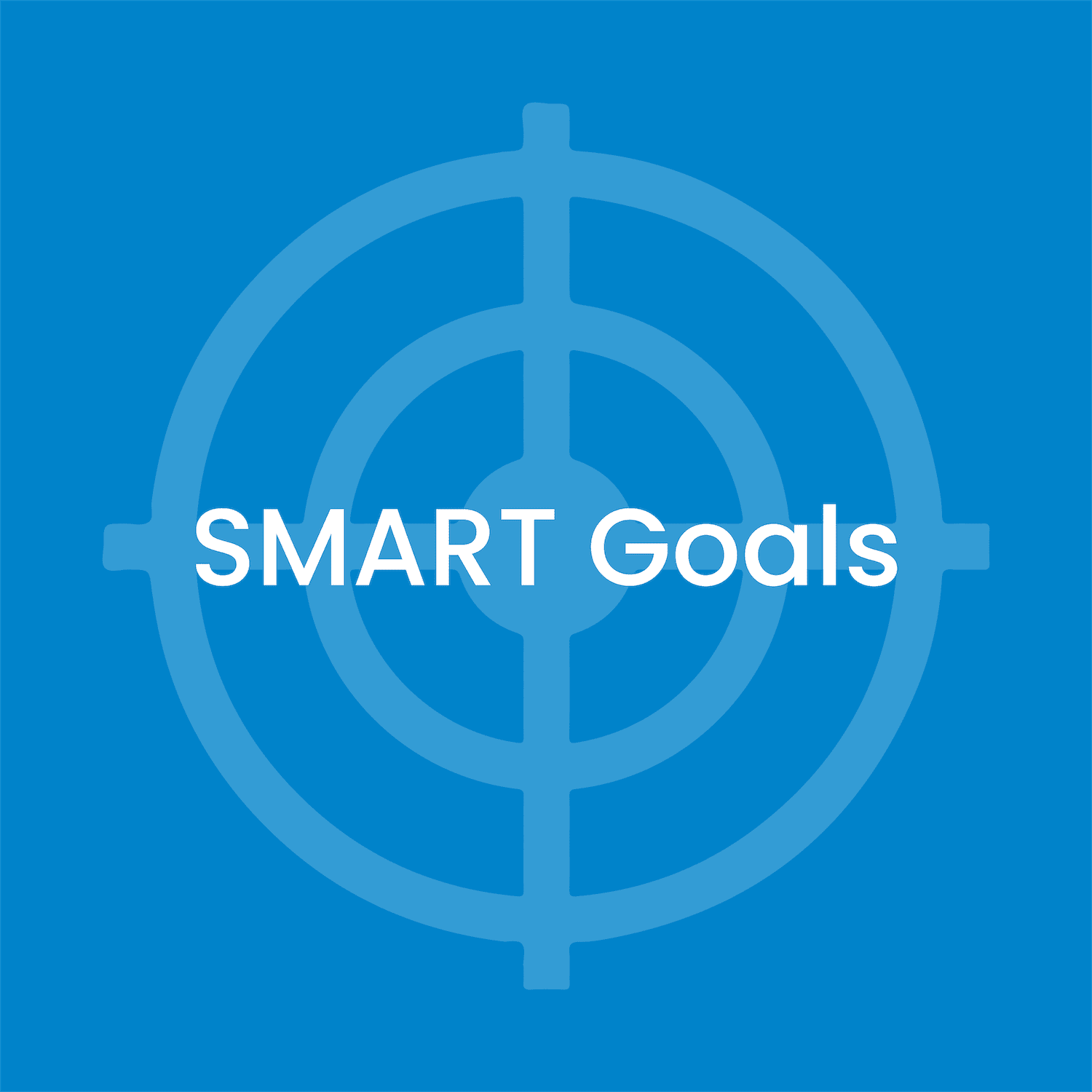
- Make Data-Driven Decisions
What performs well? It’s a simple question, yet it’s rarely asked.
The reason is simple: you’re always looking to be moving forward and trying new things; exploring new avenues for success.
But budgets and time constraints don’t always allow for this, so why not spend your efforts squeezing more value out of what you already have?
By understanding what content is already performing well amongst your audience, it’s possible to reuse, repurpose, and recycle content to extend and expand its impact and drive up your inbound marketing ROI.
To do this, you’ll need reliable data. Flawed data doesn’t drive informed decisions. This is where the ‘M’ of the ‘SMART’ goals comes into play; always ensure that the performance of your content can be tracked easily using the most suitable metrics.
- Acknowledge the Buyer Journey
When building a successful content strategy, it’s essential to recognise that there are three distinct stages of the buyer journey - awareness, consideration, and decision - and that the type of content that prospects will be looking for changes as they transition through the stages.
By acknowledging the stages of the buyer journey, it becomes easier to produce content that engages at every step of the process.
- Awareness: At this stage of the journey, your content needs to attract. Use your content to introduce your company, boost brand familiarity, and identify and acknowledge the problems your audience may be having.
- Consideration: At this stage of the journey, your content needs to engage. Use this as an opportunity to introduce solutions and inform prospects of their options, highlight benefits, and encourage clients to learn more.
- Decision: At this stage of the journey, your content needs to delight. Use this as a chance to create content that differentiates you from your competitors. Generate compelling content that works to persuade.
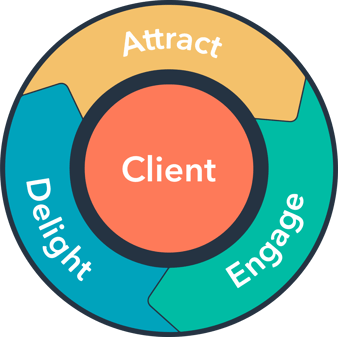
How to Create Visible Content
It’s not enough to simply have your content appeal to and resonate with your audience. Imagine there’s a perfect little restaurant that offers fantastic food.
There’s no point in the chefs spending hours preparing dishes if nobody knows that the restaurant is there, and it’s the same when it comes to content; it’s a waste of your valuable time to create excellent content if your target audience can’t find it.
When creating content that’s recognised by Google and works to improve your organic search results, it’s vital to consider the technical side of content, rather than just the subject matter.
Think about link quality, publishing platforms, link positioning, domain status, and perhaps most importantly, search engine optimisation.
Download Your Copy Of Bound To Grow: The High Growth Companies To Scaling Revenues Using Inbound Marketing
Why is Your Content Strategy so Important?
Many entrepreneurs think of content merely as a marketing tool. In contrast, they should be thinking of content as a critical component in helping to support prospects along the buyer journey across every stage, from awareness to consideration to decision.
But that’s not all. As an entrepreneur, your challenges don’t just lie in building a loyal client base; they also lie in systemically expanding your team, and ensuring you have the right people on board, at the right time, to drive your business to new heights.
Recent research suggests that nearly half of all job applicants are unqualified for the position they applied for, demonstrating that businesses aren’t always doing a thorough job in conveying what they’re looking for. Content can significantly change this.
According to a whitepaper by the recruitment experts at Robert Walters, 75% of job seekers want to see firms share more about the organisation, rather than the role itself.
And 66% want to find out more about company culture.
You can use your content to promote culture, engage with niche talents, provide insight, boost authority, and improve reputation. If you’ve been struggling to find the right people, and struggling to see a return on investment, a strong content strategy could be the unexpected piece that you’ve been missing.
Are you ready to grow your business and scale your revenues with content which not only helps you convert more customers but also helps you achieve more Google visibility?


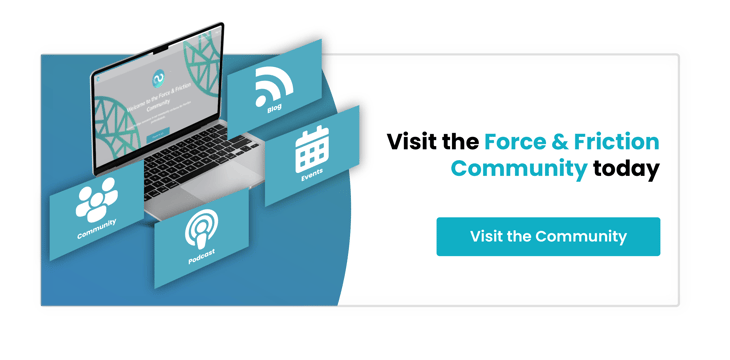
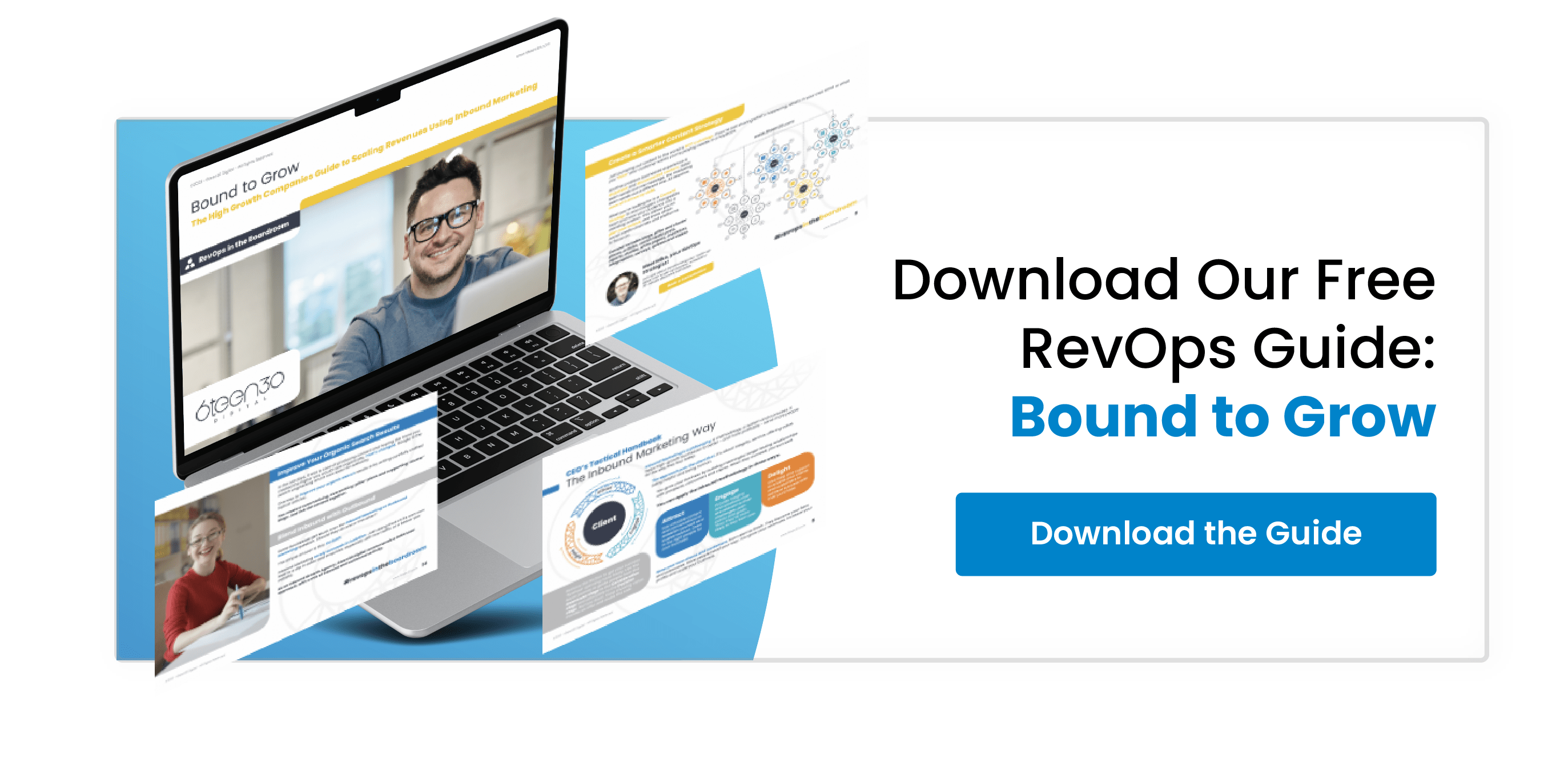






%20-%20Teal.png?width=500&height=130&name=Force%20%26%20Friction%20-%20Branding%20-%20Logo%20(White)%20-%20Teal.png)